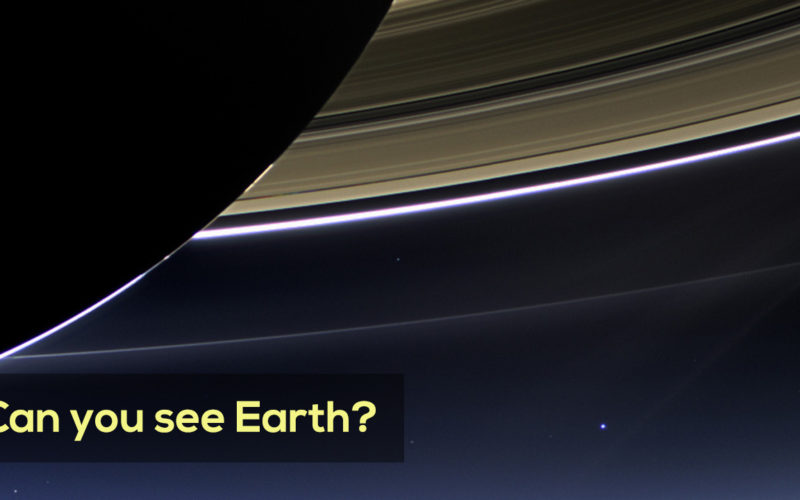Earth is huge. Or so we think. Our worlds are big. Or so we think. The universe is bigger. Of course, it is. Duh! We are the third planet away from the sun and, following us are five more (Pluto ain’t a planet of this solar system anymore, people!).
But ever thought about how we appear as to the other planets? This isn’t a premise of a space movie. We bring you actual images of what Earth looks like from Saturn and it’s going to make you feel really small. Like, really.

NASA’s Cassini spacecraft that has been voyaging through the solar system since October 1997, and reached Saturn’s orbit in 2004. The spacecraft will be crashing into Saturn on September 15, i.e. today, and its mission would come to an end.
During the course of its journey, Cassini has sent out thousands of images of Saturn, its rings, its moons and of how the solar system looks from around the planet.
Wonder how Earth, our lovely-yet-slowly-deteriorating planet, looks like from Saturn? Well, don’t get too excited it seems like a speck in the whole wide universe.
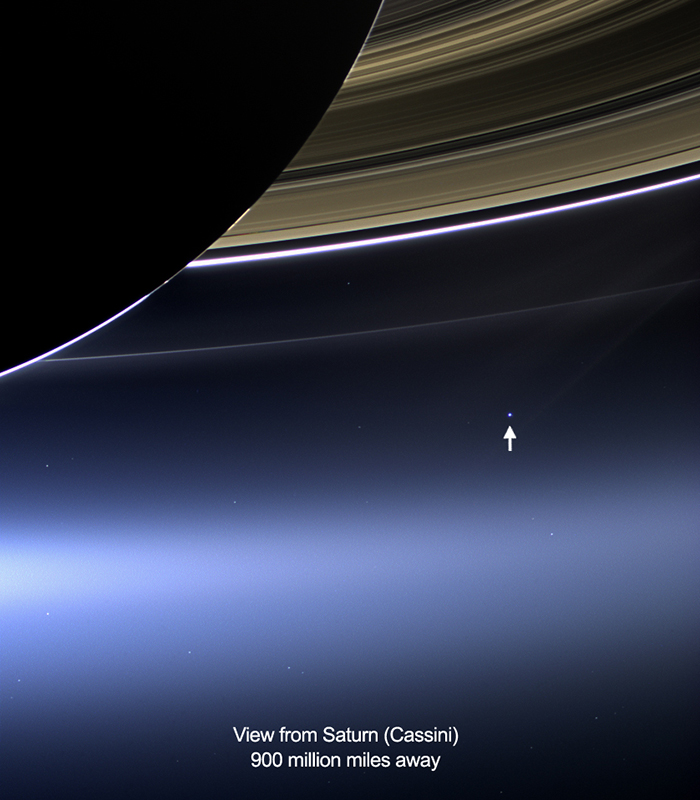
NASA’s Jet Propulsion Laboratory’s website shared more information about the perfect click,
“In this rare image taken on July 19, 2013, the wide-angle camera on NASA’s Cassini spacecraft has captured Saturn’s rings and our planet Earth and its moon in the same frame.
Earth, which is 898 million miles (1.44 billion kilometers) away in this image, appears as a blue dot at center right; the moon can be seen as a fainter protrusion off its right side. An arrow indicates their location in the annotated version. The other bright dots nearby are stars.”
Carl Sagan wrote,
“That’s here. That’s home. That’s us.”
That dot, yeah, that tiny pale blue dot is our whole world. Feeling insignificant yet? Well, at least our problems seem so.
While Cassini’s mission comes to an end, here are few more pictures from its 13-year mission that are so beautiful.
Saturn’s north pole hosts an enormous spinning hexagon almost 25,000 kilometres wide.

In July 2013, Cassini flew into the shadow of Saturn. It’s the sun’s light filtering through the gaps in the rings.
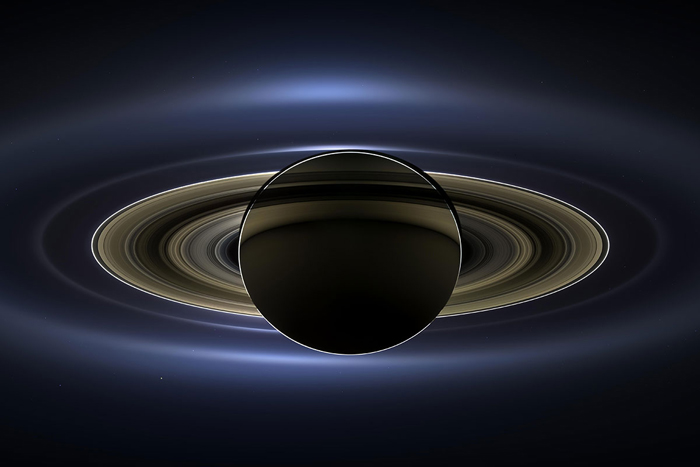
Saturn rings are only about 10 metres thick and made mostly of ice chunk.
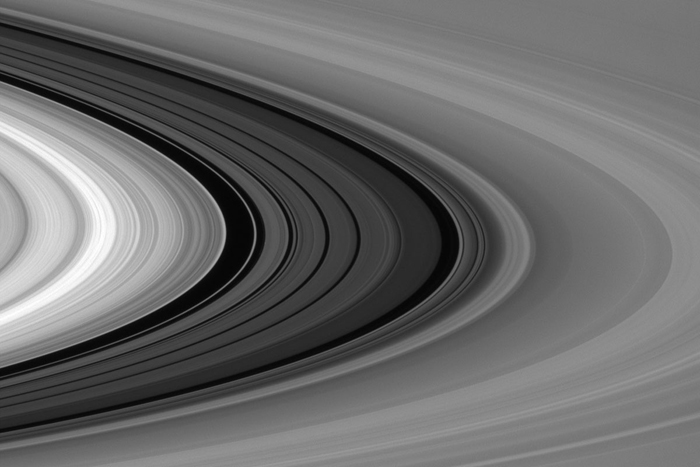
The eye of Saturn’s north polar vortex, red indicates low clouds and green high ones. This colossal hurricane whirls at Saturn’s north pole year-round.
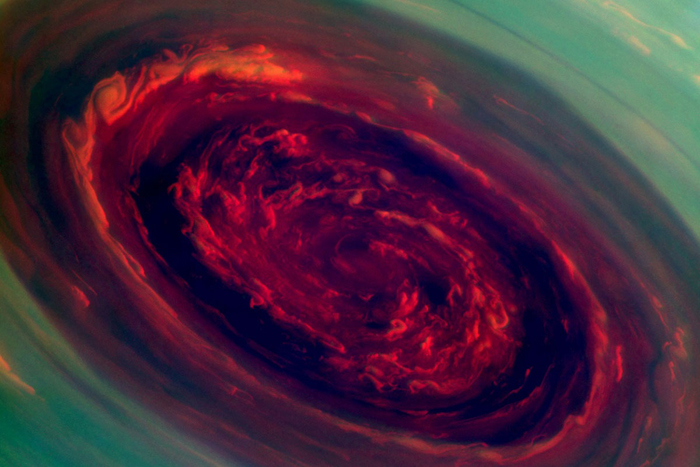
Out of Saturn’s 62 confirmed moons, Titan and Dione, pose against the planet’s rings.
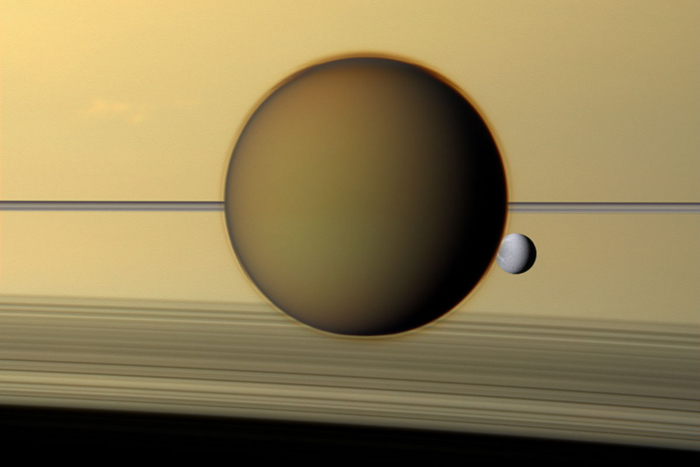
Mesmerising pictures, aren’t they? The Voyager’s mission is coming to an end, but the pictures will live on. 🙂




